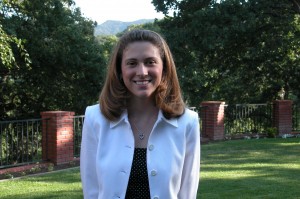Behind Team Hydro - Kate's Story
Team Hydro is dedicated to the memory of Kate Finlayson, a remarkable woman who lived with hydrocephalus. We are deeply grateful to every Team Hydro swimmer and supporter for helping advance Kate's dream that researchers will one day find a cure for this condition.

Early Life - Born Too Soon
Kate was born 3½ months early, weighing barely 2 pounds. On her third day of life, complications from her treatment caused a severe brain hemorrhage. This hemorrhage led to hydrocephalus, and Kate received a shunt soon after.
The brain hemorrhage was so severe that doctors thought Kate would likely die, or at best, never live a "normal" life. But Kate defied expectations and survived. Her early years were relatively stable, marked by only one shunt revision at age two.

Childhood - Finding Joy in Swimming
Despite having hydrocephalus, Kate enjoyed many happy days as a young child. She did have some learning and physical disabilities, but her family worked with her daily to help her reach her full potential. One of Kate's complications was hemiplegia—weakness on one side of her body—which led her parents to encourage swimming, a sport that required her to use both sides of her body equally.
Kate loved the water! At first, her hemiplegia caused her to move like a boat with only one oar, swimming awkwardly in circles. But over time, her right side grew stronger, and Kate developed into a remarkable—even record-breaking—swimmer.
Kate's perseverance paid off in the classroom as well. While she was slower than her peers when learning to read and write, with practice and devotion, those skills became passions too. Kate enjoyed school, sports, and many other activities. As a result, her elementary years were filled with happy, adventurous times with family and friends.
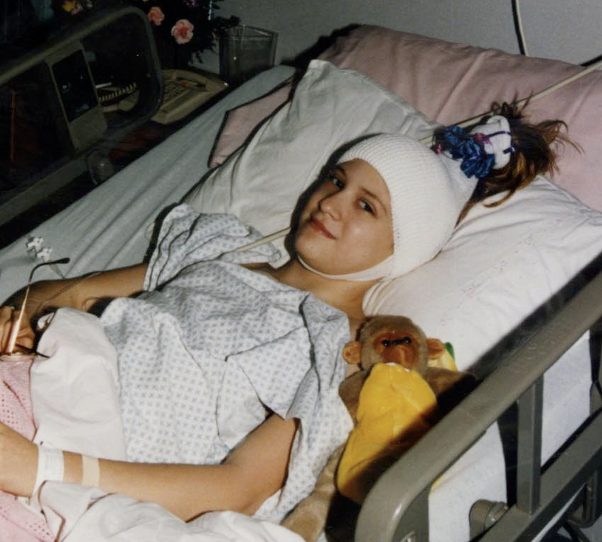
Age 10 - The Complications Begin
But when Kate turned 10, she began having debilitating headaches. A trip to the neurosurgeon revealed her shunt was not working properly. When the surgeon went to remove the corroded, failed shunt, Kate unfortunately suffered another brain hemorrhage. This hemorrhage created another blockage point in her brain, so Kate now needed two shunt catheters to survive.
A second shunt was placed, but this caused the fluid in her brain to become over-drained—a condition that also causes severe headaches and mental decline. Another surgery was needed to implant a different valve to regulate the fluid properly. At first, everything seemed to go well, but then Kate developed a shunt infection. This infection caused further changes to Kate's brain and made her hydrocephalus extremely difficult to manage.
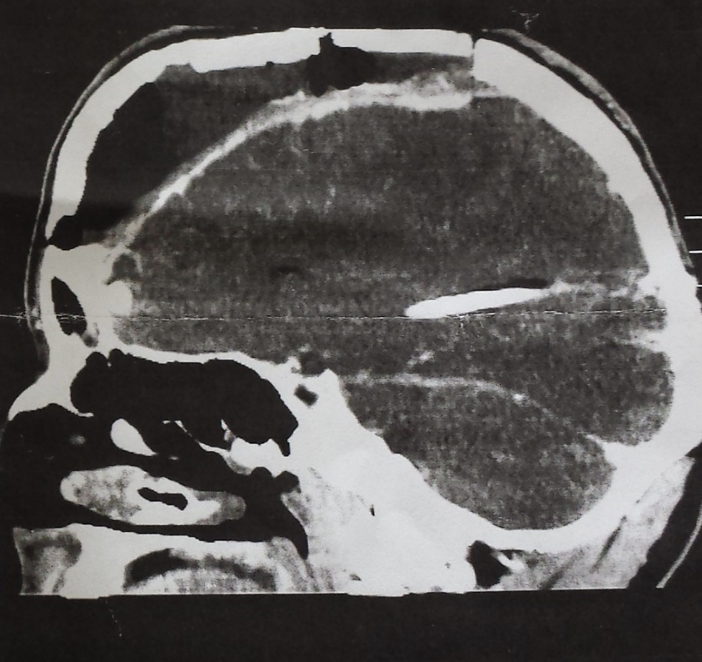
The Teenage Years - Endless Surgeries
Kate's shunts continued to fail. More infections followed, as did a steady stream of revision surgeries. Over the next decade, Kate endured well over 100 surgeries in attempts to treat her condition. During this time, she lived in daily pain—the shunt either drained too much fluid or not enough. Both conditions are extremely painful and, if untreated, lead to coma and death.
Spending much of her life in the hospital or recovering from brain surgery, Kate was forced to drop out of most social and sporting activities—including the swimming she loved so much—and complete high school through independent study. Despite her declining health and missing proms, sporting events, and clubs, Kate worked hard and graduated high school on time with honors.
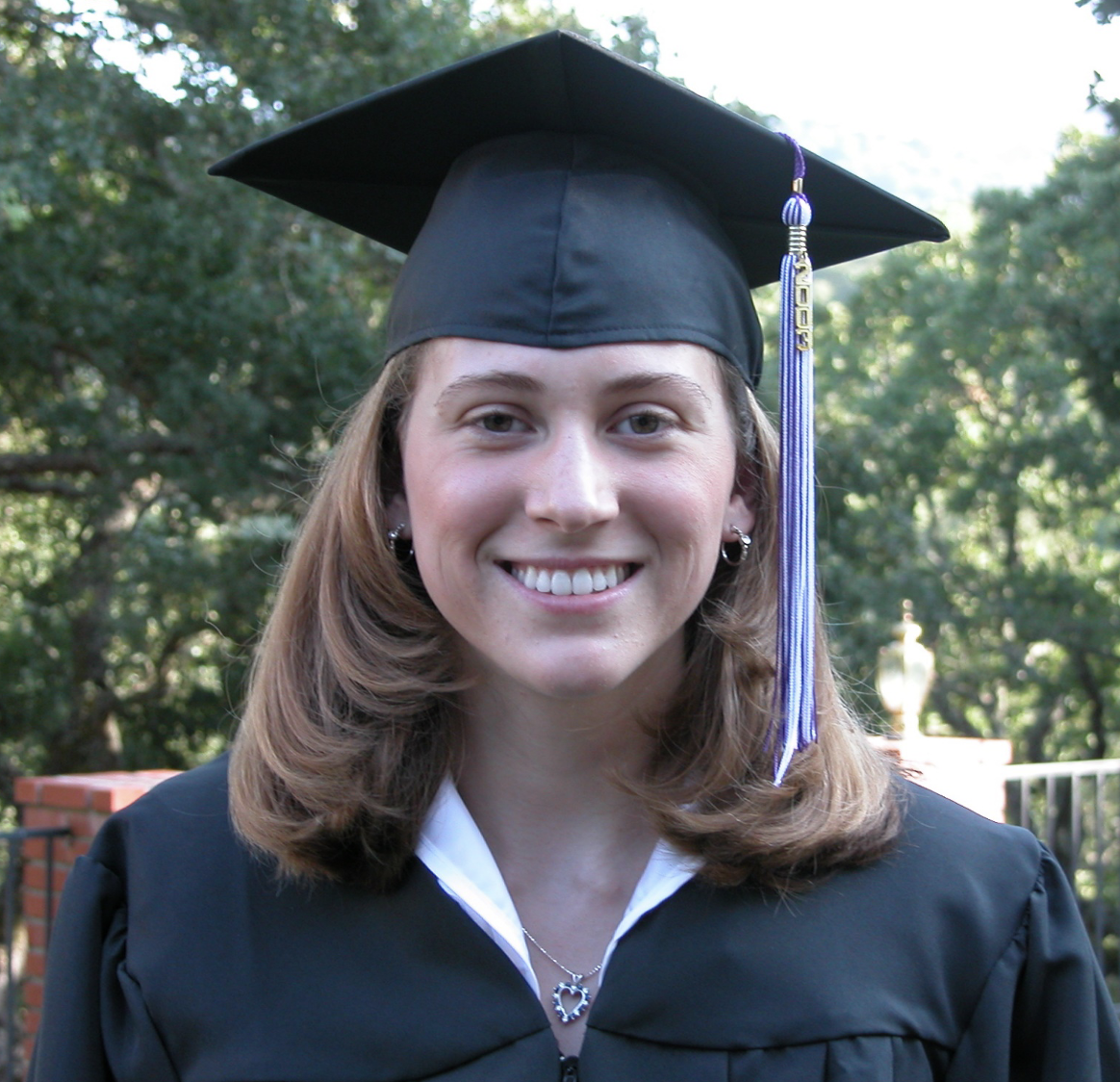
College Dreams
Kate was accepted to Saint Mary's College in California, where she planned to pursue a degree in nursing. Kate loved helping others and found ways to volunteer in her community despite her illness.
She volunteered at John Muir Hospital, wrote letters and sent care packages to U.S. servicemen overseas, and collected donated clothing that she laundered, sorted, and delivered to disadvantaged students near her home. She also worked online to correspond with younger hydrocephalus patients and others with chronic illnesses, helping them navigate surgeries and medical procedures.
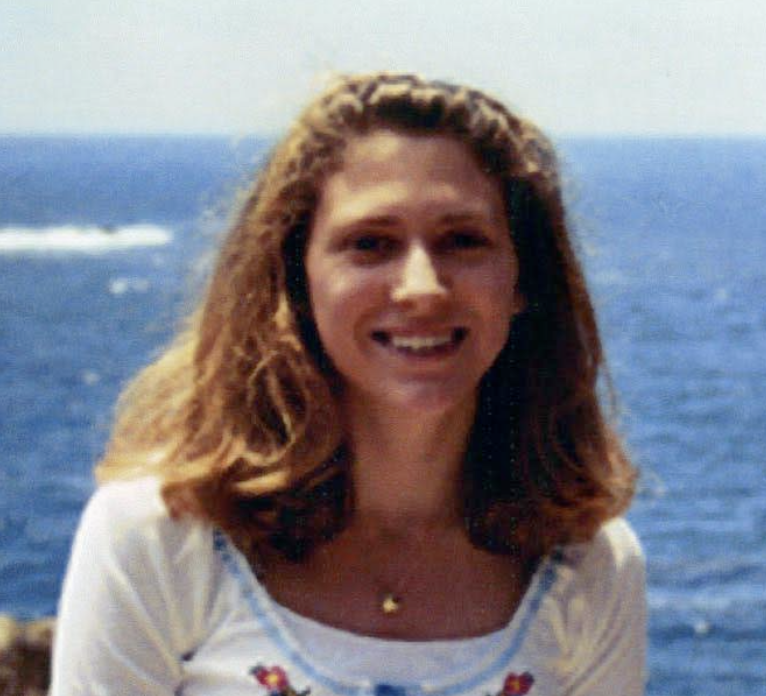
Fighting Stigma - "Regular People with Extra Challenges"
During her teenage years, Kate noticed that most people had never heard of hydrocephalus and didn't know how to respond to her diagnosis. People often became uncomfortable learning she had a brain condition—some so uncomfortable they no longer wanted to be friends. Kate tried to be a positive example, showing friends and strangers alike that people with hydrocephalus are "regular people with just a few extra challenges to face."
There is no question that Kate, like many others with hydrocephalus, often faced isolation due to the lack of awareness and chronic nature of this condition. Watching Kate experience stigma and prejudice as a result of her hydrocephalus prompted and continues to fuel Team Hydro's awareness efforts.
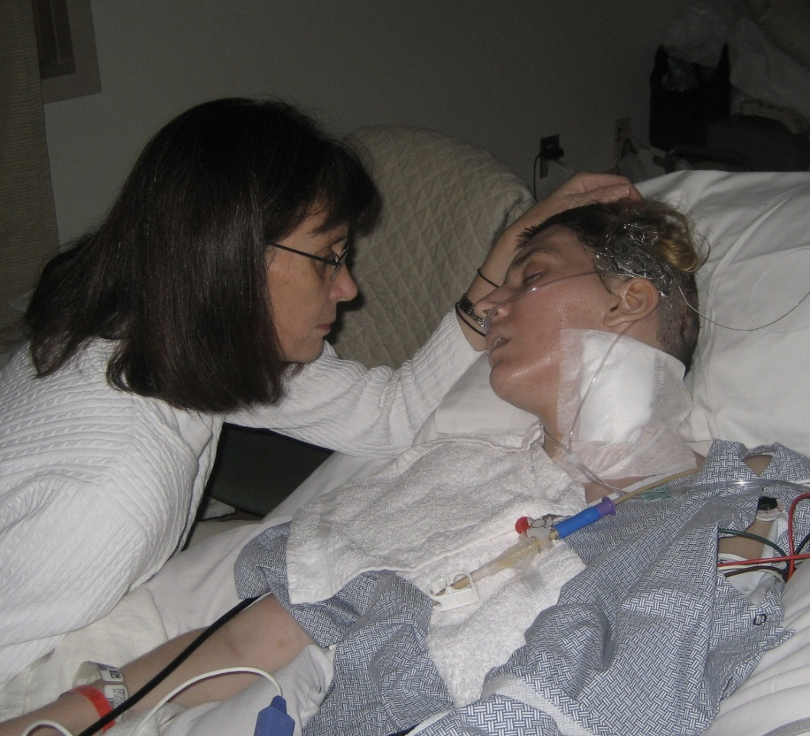
The Final Years - Five Shunts and Unbreakable Spirit
Shunt complications continued to plague Kate into her twenties, bringing more surgeries, strokes, and infections. Eventually, Kate needed five separate catheters in her brain to maintain adequate drainage. She spent the last year and a half of her life in a neurosurgical ICU, undergoing dozens of emergency shunt revisions.
During this time, she lost most of her vision and developed terrible muscle spasms and tremors similar to severe Parkinson's disease. The skin on her head became more fragile than tissue paper from being opened surgically so many times. Though Kate lost many physical skills due to treatment complications, she remained a positive example of hope, courage, and love.
She worked hard every day to regain skills lost to strokes and never stopped caring for others. Even in the hospital, she included making care packages for earthquake victims as part of her therapy.
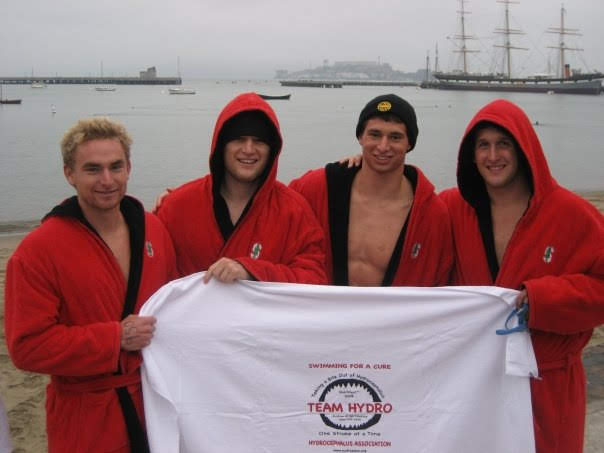
2008 - Team Hydro is Born
Kate's brothers Peter and Sam, along with two wonderful friends, first swam from Alcatraz to San Francisco under the Team Hydro banner in 2008, raising much-needed awareness and over $10,000 for hydrocephalus research. At the time of the first swim, Kate had just spent over a month in the ICU, once again fighting for her life. She was thrilled to watch the event from the balcony of a nearby hotel room.
Kate was so honored and excited by the Team Hydro effort! It gave her great hope that through new research, a cure would one day be found, and others would not have to suffer as she did.
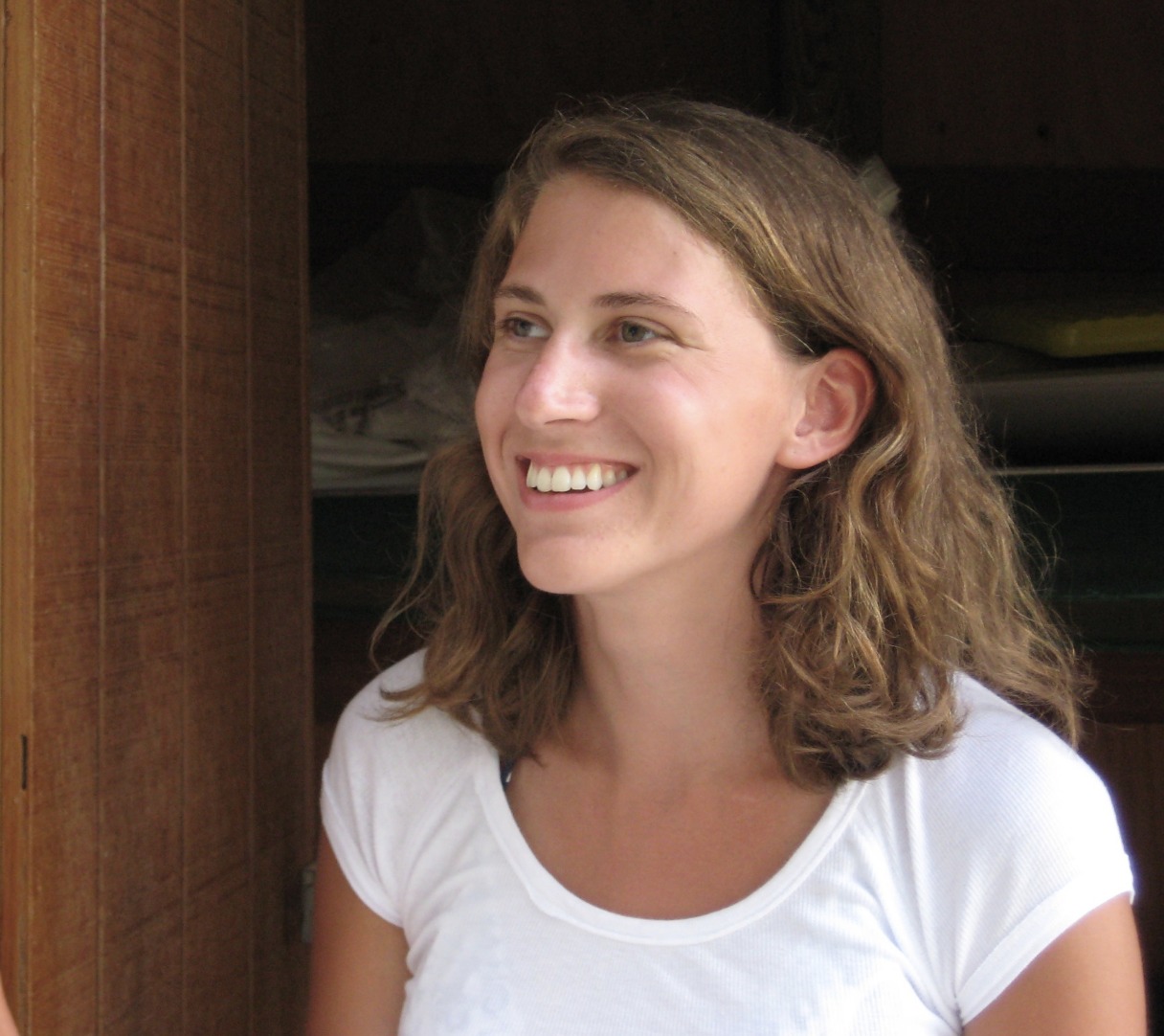
Legacy of Hope
Realizing she would likely never recover from her treatment complications, Kate found satisfaction in knowing that during her long and complex illness, doctors learned much about how the brain works. Her case challenged some former theories about brain physiology, and Kate took pleasure in thinking that her experience might help others receive better treatment for hydrocephalus.
She was thrilled by the advent of Team Hydro, founded by her brothers in response to their frustration and feelings of helplessness about their sister's condition. Kate loved that others were using swimming—the sport she loved so much—to raise funds for hydrocephalus research. It was Kate's dream that one day, no one else would need to suffer and die from this difficult condition.
Unfortunately, the inadequate treatments available for hydrocephalus failed her too soon. Two years later, Kate passed from complications of her treatment. Kate passed at the age of 26.
Honor Kate's Memory
Kate's dream was that one day, no one else would need to suffer and die from hydrocephalus. Every stroke we take, every dollar raised, and every research grant funded brings us closer to fulfilling her dream.
